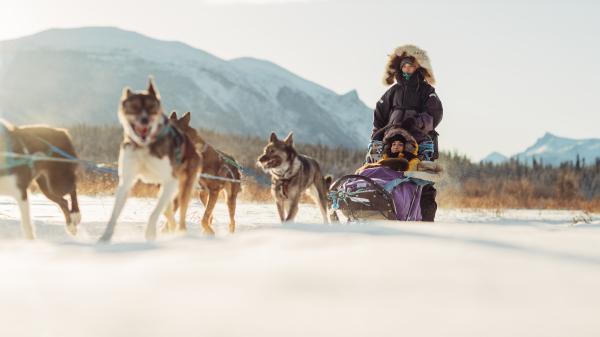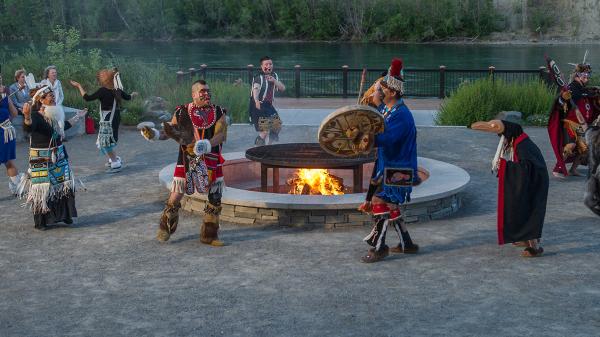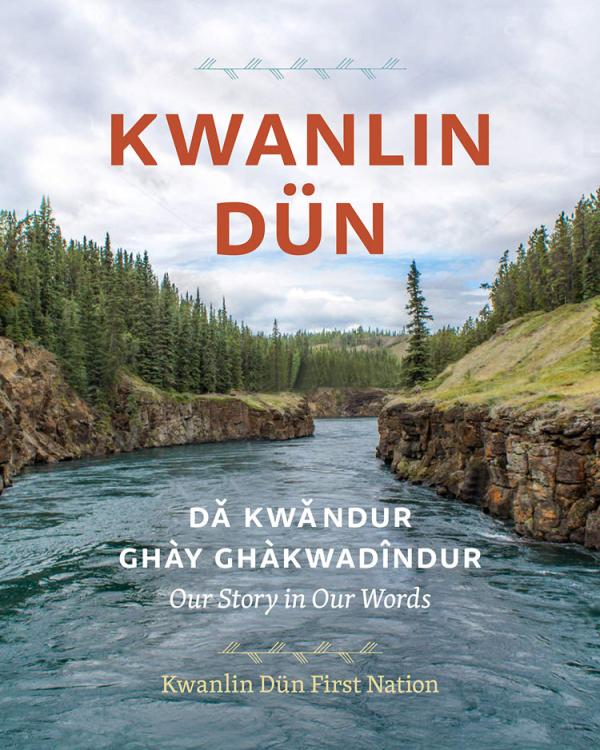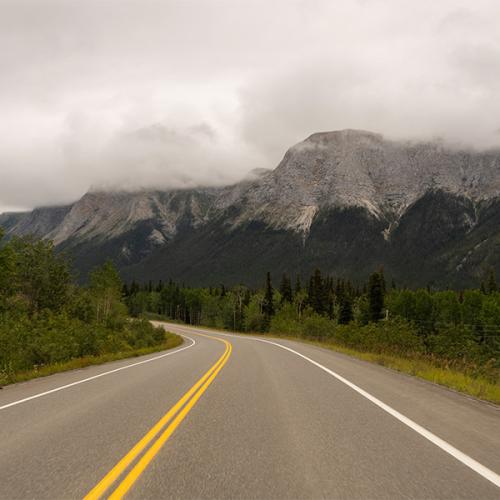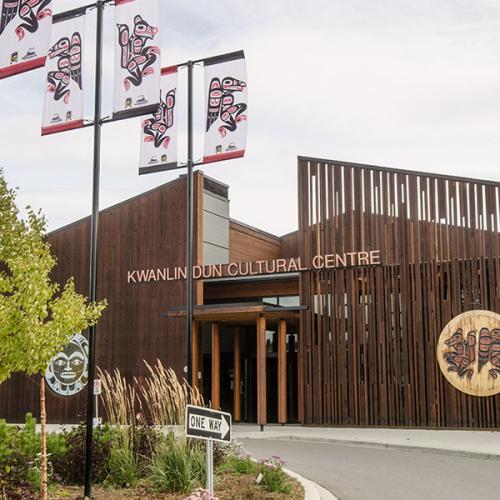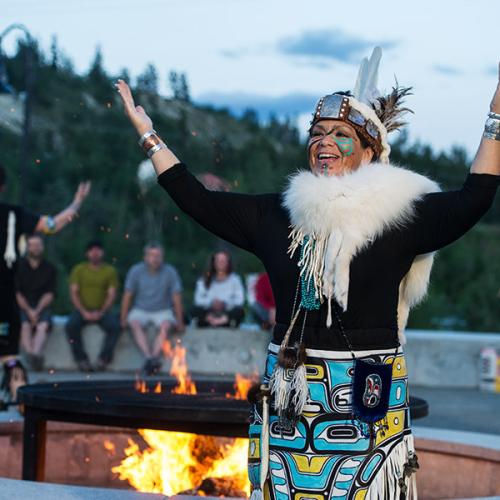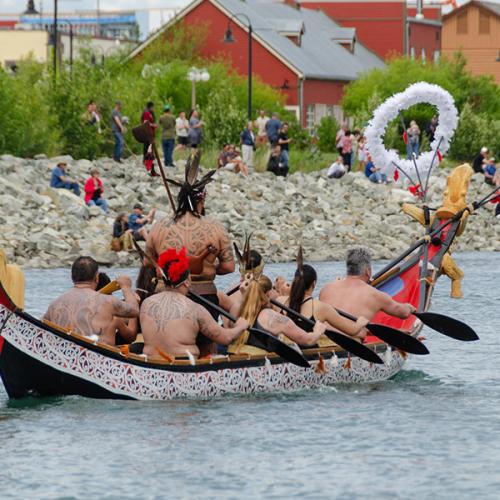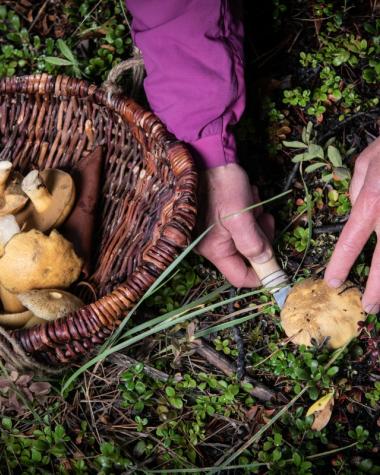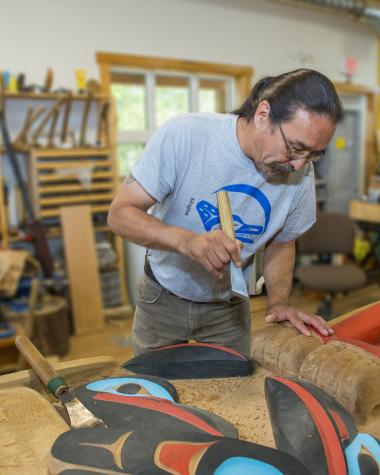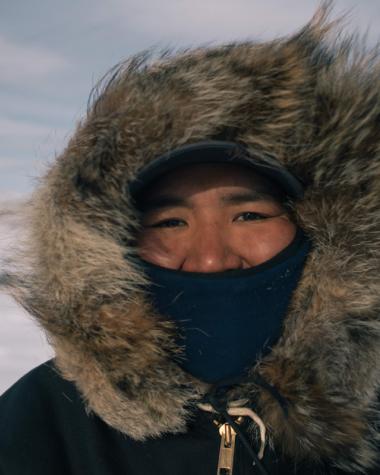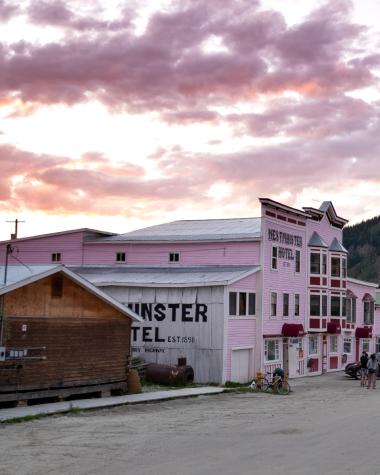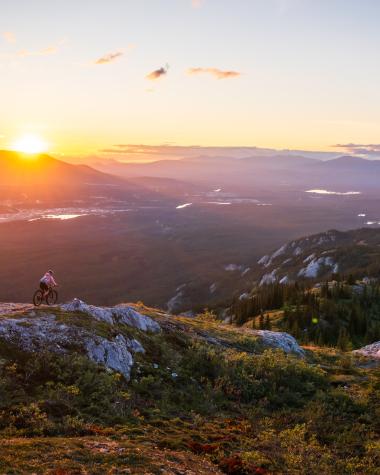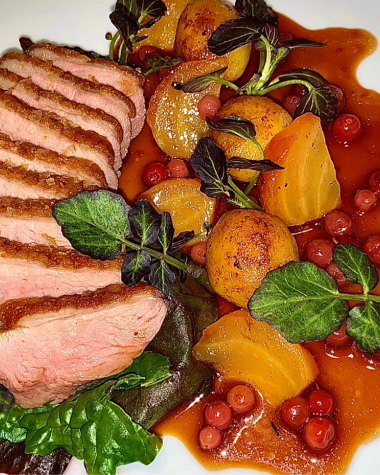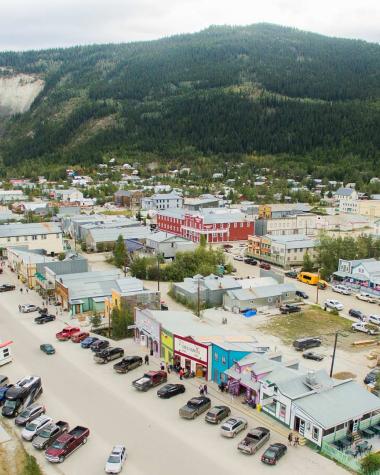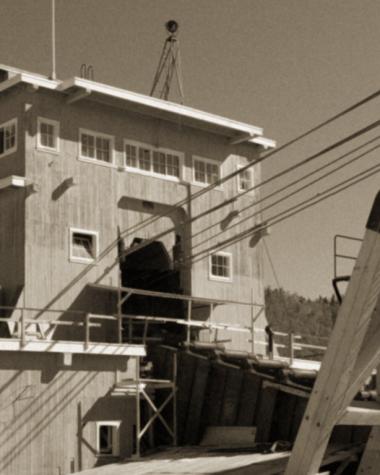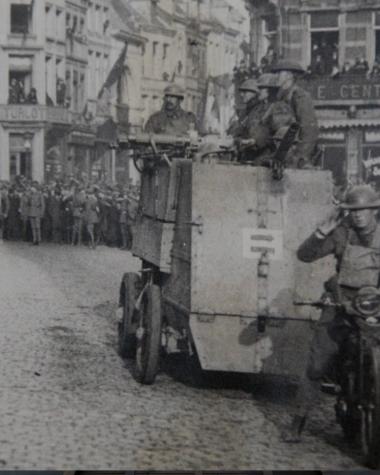Over thousands of years, First Nations people have kept a strong connection to the land. The power of the river forever runs deep. Moving nomadically, their main source of living was by trapping, fishing, hunting, and gathering.
The name Kwanlin Dün itself actually refers to a section of the Yukon River from Miles Canyon to the Whitehorse Rapids in which First Nation’s ancestors called Kwanlin in Southern Tutchone. It means "running water through canyon," while Dän or Dün means ″people.″
In chapter Nùchü Kwàch’e, meaning “it is fall time,” transport yourself back to the birth of a wilderness city with old photographs and diary extracts from families who lived by the river. The area known as Miles Canyon was first a First Nation’s fish camp. Read memories from those who first encountered the arrival of the cloud people and tried to help their boats across the rapids, where many inexperienced paddlers fought the whirlpools and lost their lives.
“They waved away...sometimes they get into a whirlpool and they all disappear” – Violet Storer
Today, you can cross a sturdy bridge and look down upon the roaring rapids. Explore the area and take a short hike along the shores, feel the peace of the river and discover why this land is Kwanlin Dün’s chosen home.

